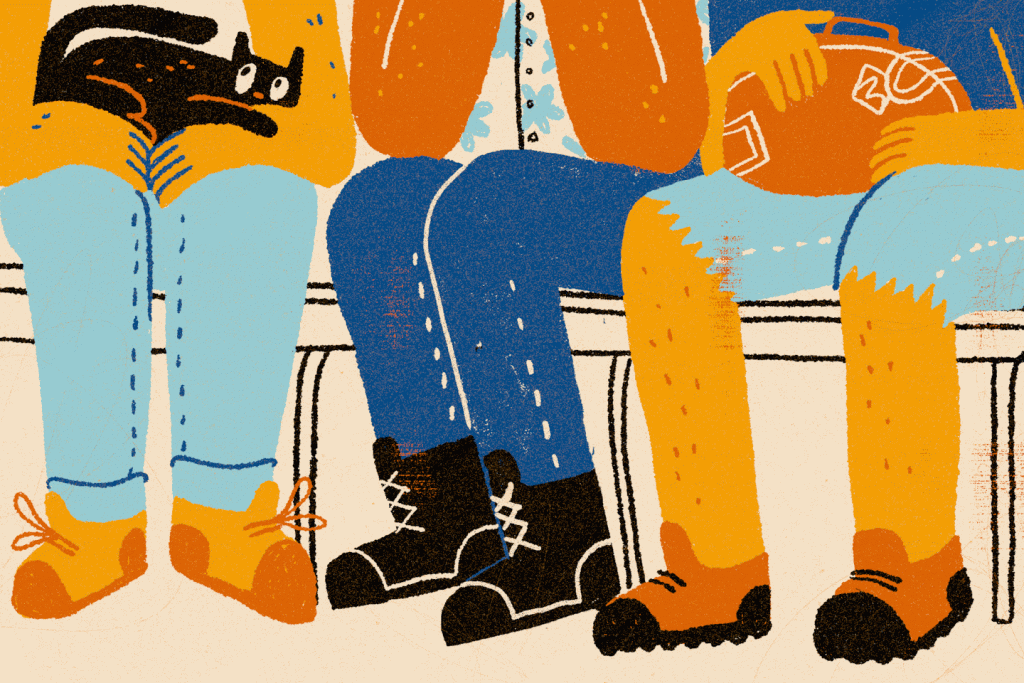My decades-long problem with restless legs interrupted what should have been an unprecedented experience. Every time I traveled, I found myself stuck in a confined space or limited by prolonged immobility – both triggers for my nervous limbs.
Eventually, I was diagnosed with Restless Legs Syndrome (RLS), but the treatment plan to alleviate the symptoms during travel was unclear. When traveling, I applied my own treatments to soothe the annoying contractions in my legs – meditation, marijuana, stretching and taking muscle relaxants. My remedies did not work reliably, and the struggle left me distracted, frustrated, and helpless.
I am not alone in the process of alleviating the symptoms. According to Karla Dzienkowski, executive director of the Restless Legs Syndrome Foundation, nearly 12 million adults and children in the United States suffer from this disease. And travel in particular is known to exacerbate RLS.
What causes restless legs syndrome?
“The hallmark symptom of RLS is the uncontrollable urge to move the legs. Individuals often describe the sensations of RLS as palpitations, pain, twitching, bubbling in the legs, or bugs crawling under the skin,” Dzienkowski explained in an email. It's also known as Willis-Ekbom disease, and my doctor identified genetics as the main cause.
RLS is notoriously difficult to treat. Andy Berkowski, physician and founder of Health ReLACS, states that RLS is unfortunately marginalized in the medical community because it lacks a diagnostic treatment protocol. Berkowski said RLS is the third most common sleep disorder, “but it doesn't get the attention it deserves.”
According to the Restless Legs Syndrome Foundation, a single unifying cause of RLS has not been identified. The group says RLS is often hereditary, and it's more common in people with type 2 diabetes. Also, until 25 percent of women develop the syndrome during pregnancy, but symptoms often disappear after delivery. Many experts say RLS is neurological.
“RLS is not a leg disease; it’s a brain disease,” Berkowski said.
How can restless legs syndrome affect you when you travel?
Traveling creates conditions that make it more difficult to alleviate RLS symptoms, particularly the inability to move freely. In a confined space with reduced mobility, the legs can contract due to aggression. “People call the plane a torture chamber for restless legs,” Berkowski says.
For me, RLS flares up in the evening, especially if I'm traveling. If I'm sleep deprived or anxious, the symptoms dominate with increased intensity. And, as someone who frequently gets on and off the plane for work, my symptoms are exacerbated by lack of sleep, limited mobility, and increased alcohol and caffeine consumption.
On an overnight flight from Chicago to Paris, my sleep was interrupted by discordant kicks seemingly from deep within my legs. Unfortunately, moving around the cabin, massaging my legs and flexing my toes brought no relief.
Experts say anxiety also plays a role when traveling with RLS. “There is the psychological effect which makes things worse. As with any sensory condition, the more you bring RLS to your attention, the more you will notice it,” Berkowski said.
How to ease RLS while traveling
Brian Koo, associate professor of neurology at Yale and director of restless legs syndrome at Yale Medicine center, recommends avoiding evening or night trips if possible. Koo explains that sleep and RLS are intrinsically linked. “Try to get a good night’s sleep in the days leading up to the trip,” Koo said. “If you change time zones, adjust your schedule several days before traveling.” Koo warns patients that if they don't get quality sleep, they may have a bad bout with RLS during the trip.
Koo also issues a strict warning to patients considering using over-the-counter sleeping pills. “Over-the-counter sleeping pills that contain antihistamines will make RLS worse,” he says. He recommends managing your sleep schedule before a trip and has seen improvement in people who avoid alcohol and sugar while traveling.
Berkowski agrees: “You’re not on the same schedule. You get up early and can have that sugar-laden mocha latte at the airport before your flight. He warns that caffeine, sugar and alcohol are responsible for RLS, especially when combined with lack of sleep.
Berkowski tells his patients that when traveling, mobility is essential. “Light to moderate activity throughout a trip is essential,” he advises. “Simple choices will alleviate symptoms: choosing an aisle seat on a flight, avoiding the treadmill at the airport and walking alongside it, boarding the plane or train as late as possible, standing at the airport before your flight and on the road. travel, get out and walk briskly as often as necessary.
An important accompaniment of movement is to ensure good blood circulation to the legs during the journey. Sarah Hans, doctor at United Venous and Vascular Centers, treats patients with RLS. She recommends wearing compression socks or stockings when traveling to help blood circulation. She says “simple exercises such as calf raises with feet on the floor and pulling knees toward the chest can help.” Hans also recommends staying well hydrated.
Over the past 20 years, I've learned that hitting my quads and obsessing about the feeling are not productive coping mechanisms. For me, pre-adapting my schedule to the destination, avoiding caffeine, and wearing compression stockings helped the most.
Andrea Javor is a writer based in Chicago. Follow her on X or Instagram: @AndreaEJavor.


